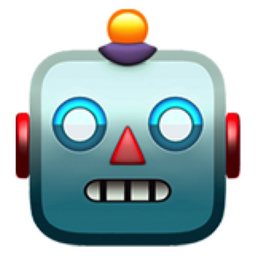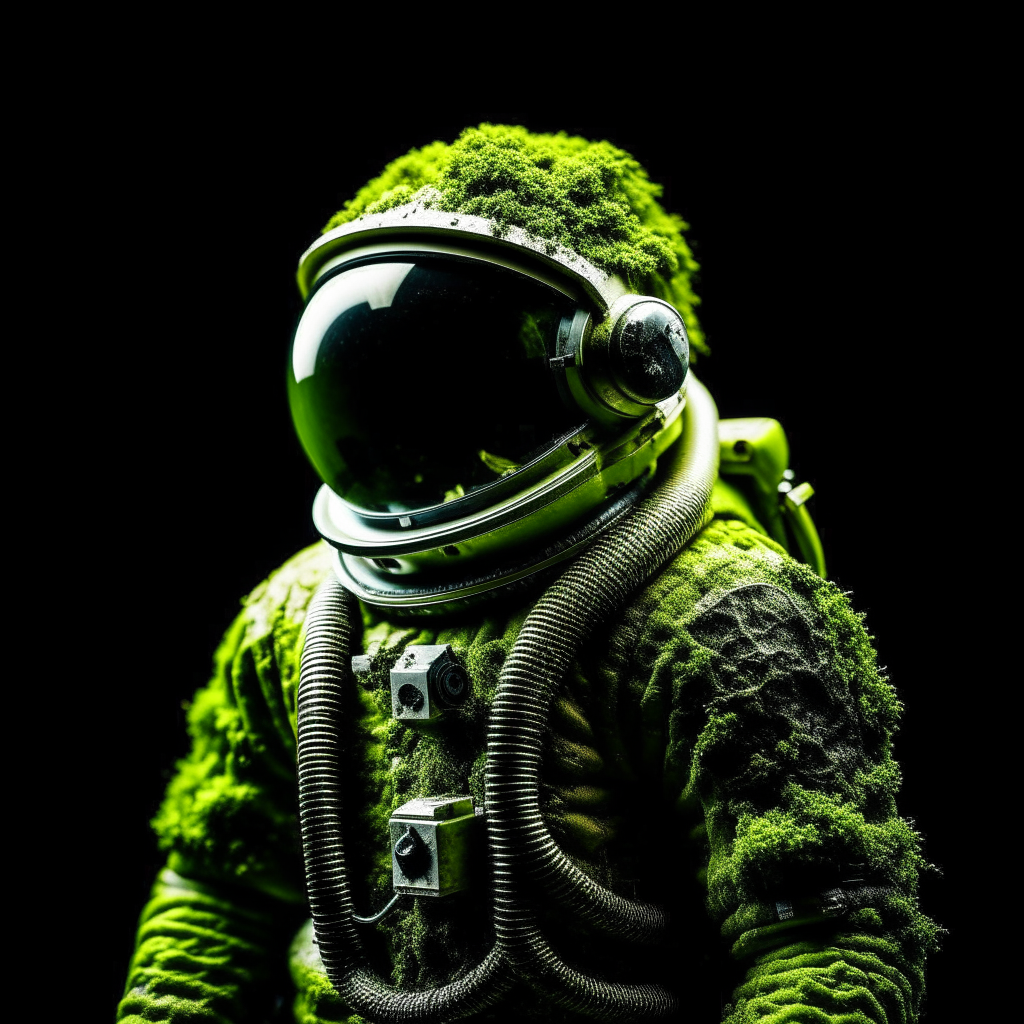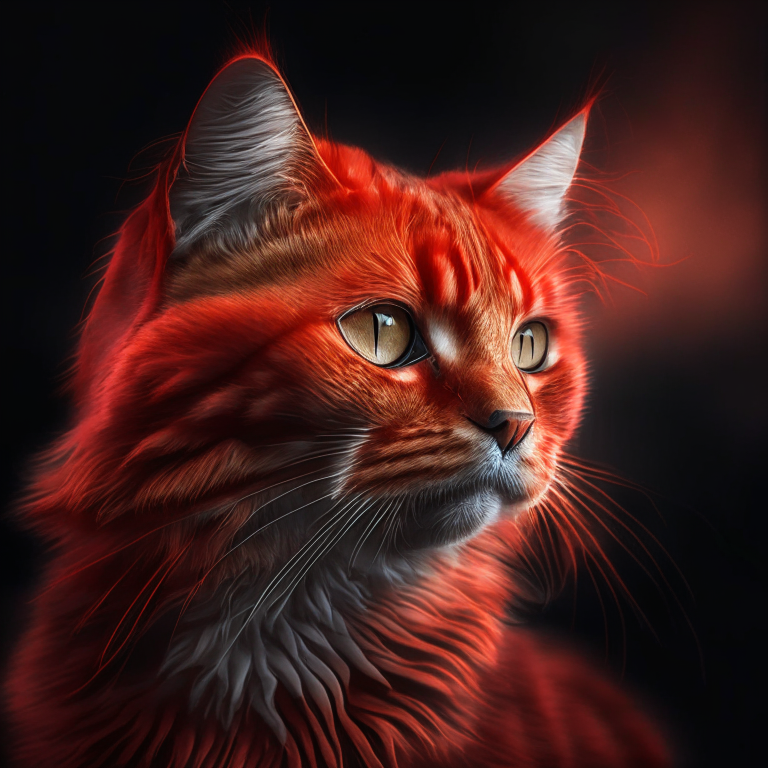Kandinsky_2.1
Maintainer: ai-forever

181
🌐
| Property | Value |
|---|---|
| Model Link | View on HuggingFace |
| API Spec | View on HuggingFace |
| Github Link | No Github link provided |
| Paper Link | No paper link provided |
Get summaries of the top AI models delivered straight to your inbox:
Model overview
Kandinsky 2.1 is a state-of-the-art text-to-image AI model developed by ai-forever. It builds upon the successes of models like DALL-E 2 and Latent Diffusion, while introducing new architectural innovations. Kandinsky 2.1 uses a CLIP model as its text and image encoder, along with a diffusion image prior to map between the latent spaces of the CLIP modalities. This approach enhances the visual performance of the model and enables new possibilities in text-guided image manipulation.
The model architecture includes a text encoder (XLM-Roberta-Large-ViT-L-14), a Diffusion Image Prior, a CLIP image encoder (ViT-L/14), a Latent Diffusion U-Net, and a MoVQ encoder/decoder. This combination of components allows Kandinsky 2.1 to generate high-quality, visually striking images from text prompts.
Similar models in the Kandinsky family include Kandinsky-2.2, a multilingual text-to-image latent diffusion model, and Kandinsky-3, a text-to-image diffusion model with enhancements to text understanding and visual quality.
Model inputs and outputs
Inputs
- Text prompt: A textual description of the desired image, which the model uses to generate the corresponding visual output.
Outputs
- Generated image: The model's interpretation of the input text prompt, presented as a high-quality, visually compelling image.
Capabilities
Kandinsky 2.1 excels at generating diverse and detailed images from a wide range of text prompts, including scenes, objects, and abstract concepts. The model's ability to blend text and image information results in outputs that are both faithful to the input prompt and visually striking. For example, the model can generate photorealistic images of imaginary scenes, like "a subway train full of raccoons reading newspapers," or create surreal and dreamlike compositions, such as "a beautiful fairy-tale desert with a wave of sand merging into the Milky Way."
What can I use it for?
Kandinsky 2.1 can be a powerful tool for a variety of applications, such as creative content generation, visual design, and product visualization. Artists, designers, and marketing professionals can use the model to quickly generate unique and eye-catching visuals to support their work. Educators and researchers may also find the model useful for exploring the intersection of language and image understanding in AI systems.
Things to try
One interesting aspect of Kandinsky 2.1 is its ability to blend different artistic styles and techniques into the generated images. By incorporating prompts that reference specific artists, movements, or visual aesthetics, users can explore the model's capacity for creative and imaginative image generation. For example, trying prompts like "a landscape in the style of Vincent Van Gogh" or "a portrait in the style of Pablo Picasso" can result in unique and visually striking outputs.
This summary was produced with help from an AI and may contain inaccuracies - check out the links to read the original source documents!
Related Models

kandinsky-2.2

9.1K
kandinsky-2.2 is a multilingual text-to-image latent diffusion model created by ai-forever. It is an update to the previous kandinsky-2 model, which was trained on the LAION HighRes dataset and fine-tuned on internal datasets. kandinsky-2.2 builds upon this foundation to generate a wide range of images based on text prompts. Model inputs and outputs kandinsky-2.2 takes text prompts as input and generates corresponding images as output. The model supports several customization options, including the ability to specify the image size, number of output images, and output format. Inputs Prompt**: The text prompt that describes the desired image Negative Prompt**: Text describing elements that should not be present in the output image Seed**: A random seed value to control the image generation process Width/Height**: The desired dimensions of the output image Num Outputs**: The number of images to generate (up to 4) Num Inference Steps**: The number of denoising steps during image generation Num Inference Steps Prior**: The number of denoising steps for the priors Outputs Image(s)**: One or more images generated based on the input prompt Capabilities kandinsky-2.2 is capable of generating a wide variety of photorealistic and imaginative images based on text prompts. The model can create images depicting scenes, objects, and even abstract concepts. It performs well across multiple languages, making it a versatile tool for global audiences. What can I use it for? kandinsky-2.2 can be used for a range of creative and practical applications, such as: Generating custom artwork and illustrations for digital content Visualizing ideas and concepts for product design or marketing Creating unique images for social media, blogs, and other online platforms Exploring creative ideas and experimenting with different artistic styles Things to try With kandinsky-2.2, you can experiment with different prompts to see the variety of images the model can generate. Try prompts that combine specific elements, such as "a moss covered astronaut with a black background," or more abstract concepts like "the essence of poetry." Adjust the various input parameters to see how they affect the output.
Updated Invalid Date
✨
kandinsky-3

100
Kandinsky-3 is an open-source text-to-image diffusion model developed by the Kandinsky community. It builds upon the previous Kandinsky2-x models, incorporating more data specifically related to Russian culture. This allows the model to generate pictures with a stronger connection to Russian cultural themes. The text understanding and visual quality of the model have also been enhanced through increases in the size of the text encoder and Diffusion U-Net components. Similar models include Kandinsky 3.0, Kandinsky 2.2, Kandinsky 2, and Deforum Kandinsky 2-2. Model inputs and outputs Inputs Text prompts that describe the desired image Outputs Generated images based on the input text prompt Capabilities Kandinsky-3 can generate high-quality images from text prompts, with a focus on incorporating Russian cultural elements. The model has been trained on a large dataset and demonstrates improved text understanding and visual fidelity compared to previous versions. What can I use it for? The Kandinsky-3 model can be used for a variety of text-to-image generation tasks, particularly those related to Russian culture and themes. This could include creating illustrations, concept art, or visual assets for projects, games, or media with a Russian cultural focus. The model's capabilities can be leveraged by artists, designers, and content creators to bring their ideas to life in a visually compelling way. Things to try Experiment with different text prompts that incorporate Russian cultural references, such as historical figures, traditional symbols, or architectural elements. Observe how the model translates these prompts into visually striking and authentic-looking images. Additionally, try combining Kandinsky-3 with other AI-powered tools or techniques to further enhance the generated outputs.
Updated Invalid Date

kandinsky-2

6.1K
The kandinsky-2 model is a powerful text-to-image AI model developed by ai-forever. It is an improvement upon its predecessor, kandinsky-2.1, by incorporating a new and more capable image encoder, CLIP-ViT-G, as well as support for the ControlNet mechanism. These advancements enable the model to generate more aesthetically pleasing images and better understand text, leading to enhanced overall performance. The kandinsky-2 model stands out among similar text-to-image models like reliberate-v3, absolutereality-v1.8.1, and real-esrgan, as it offers a more comprehensive and versatile text-to-image generation experience. Model inputs and outputs The kandinsky-2 model takes a text prompt as input and generates corresponding high-quality images as output. The model's architecture includes a text encoder, a diffusion image prior, a CLIP image encoder, a latent diffusion U-Net, and a MoVQ encoder/decoder. Inputs Prompt**: A text prompt that describes the desired image. Seed**: An optional random seed to ensure reproducible results. Width/Height**: The desired dimensions of the output image. Scheduler**: The algorithm used to generate the images. Batch Size**: The number of images to generate at once. Prior Steps**: The number of steps used in the prior diffusion model. Output Format**: The format of the output images (e.g., WEBP). Guidance Scale**: The scale for classifier-free guidance, which controls the balance between the text prompt and the generated image. Output Quality**: The quality of the output images, ranging from 0 to 100. Prior Cf Scale**: The scale for the prior classifier-free guidance. Num Inference Steps**: The number of denoising steps used to generate the final image. Outputs Image(s)**: One or more high-quality images generated based on the input prompt. Capabilities The kandinsky-2 model excels at generating visually appealing, text-guided images across a wide range of subjects and styles. Its enhanced capabilities, including better text understanding and the addition of ControlNet support, allow for more accurate and customizable image generation. This model can be particularly useful for tasks such as product visualization, digital art creation, and image-based storytelling. What can I use it for? The kandinsky-2 model is a versatile tool that can be employed in various applications, such as: Creative content creation**: Generate unique and compelling images for art, illustrations, product design, and more. Visual marketing and advertising**: Create eye-catching visuals for promotional materials, social media, and advertising campaigns. Educational and informational content**: Produce visuals to support educational materials, tutorials, and explainer videos. Concept prototyping**: Quickly generate visual representations of ideas and concepts for further development. Things to try Experiment with the kandinsky-2 model's capabilities by trying different prompts, adjusting the input parameters, and leveraging the ControlNet support to fine-tune the generated images. Explore the model's ability to blend images and text, create imaginative scenes, and even perform inpainting tasks. The versatility of this model opens up a world of creative possibilities for users.
Updated Invalid Date

kandinsky-2-1

81
kandinsky-2-1 is a text-to-image diffusion model developed by ai-forever. It builds on the capabilities of models like Stable Diffusion and earlier versions of the Kandinsky model, incorporating advancements in text-image alignment and latent diffusion. The model can generate photorealistic images from textual descriptions, with the ability to fine-tune the output based on input parameters. Model inputs and outputs kandinsky-2-1 takes a variety of inputs to control the generated image, including a text prompt, image seed, size, and strength of image transformation. The model outputs one or more images based on the provided inputs. Inputs Prompt**: A textual description of the desired image Seed**: A random seed value to initialize image generation Task**: The type of image generation task (e.g. text-to-image, image-to-image) Image**: An input image for tasks like text-guided image-to-image Width/Height**: The desired size of the generated image Strength**: The strength of the image transformation for text-guided image-to-image Num Outputs**: The number of images to generate Guidance Scale**: The scale for classifier-free guidance Negative Prompt**: A prompt describing undesirable elements to avoid in the output Outputs Image(s)**: One or more generated images in URI format Capabilities kandinsky-2-1 can generate a wide variety of photorealistic images from textual descriptions, including scenes, objects, and abstract concepts. The model's ability to blend text and image inputs for text-guided image-to-image tasks opens up possibilities for creative image manipulation and editing. What can I use it for? kandinsky-2-1 could be used for a range of applications, such as: Generating custom artwork, illustrations, or images for marketing, design, or personal use Aiding in the creative process by providing visual inspiration from textual descriptions Enhancing existing images through text-guided image-to-image transformations Exploring the boundaries of machine-generated art and creativity Things to try One interesting aspect of kandinsky-2-1 is its ability to blend text and image inputs for tasks like text-guided image-to-image generation. This could be used to transform existing images in creative ways, such as adding new elements, changing the style, or combining multiple visual concepts.
Updated Invalid Date